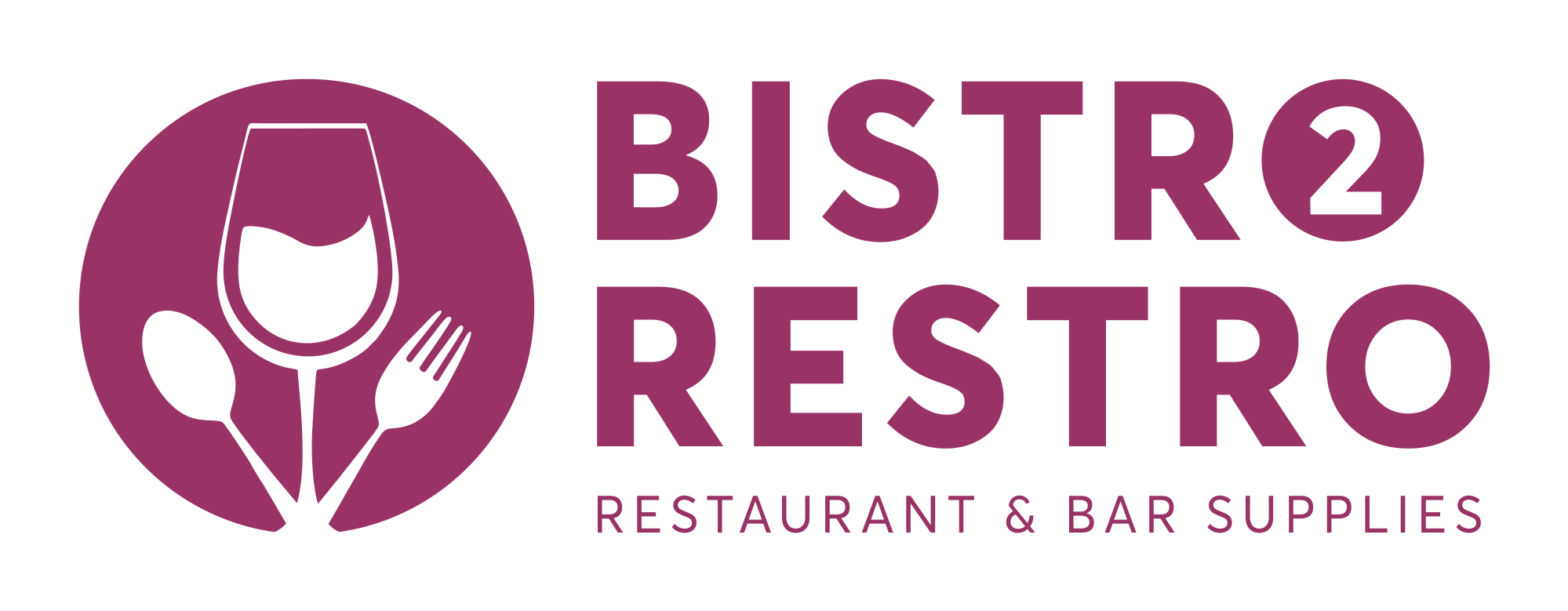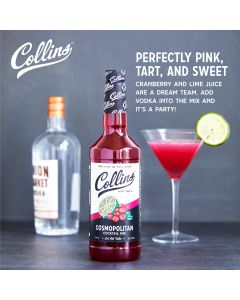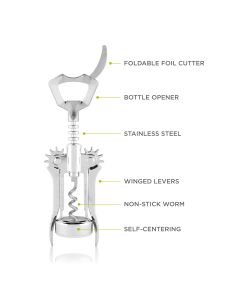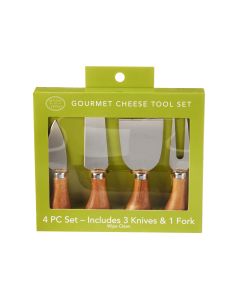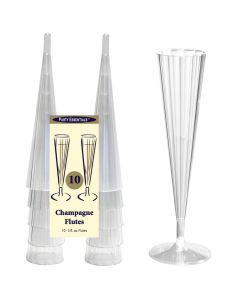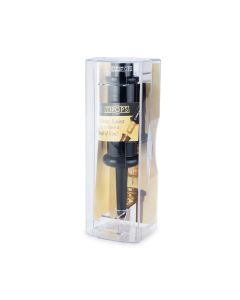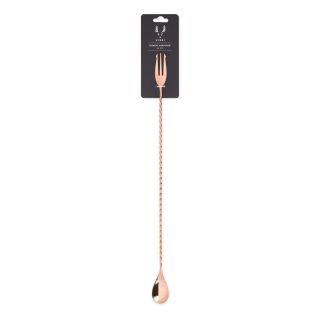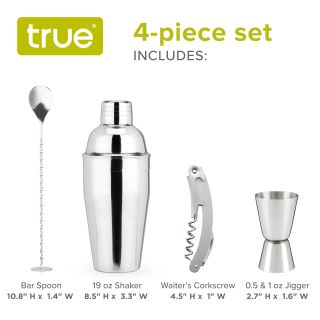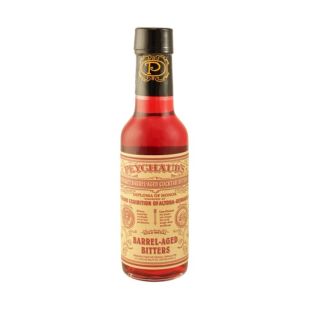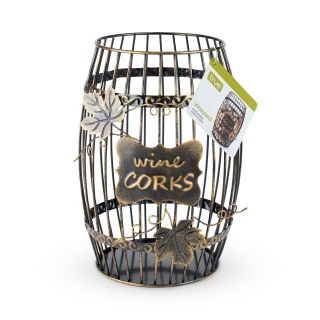When it comes to enjoying a night out at a bar or a cozy dinner at a restaurant, the combination of best bar food and beer can elevate your experience. The right pairing can enhance the flavors of both the food and the beer, creating a delightful synergy that tantalizes the palate. This guide explores the intricate world of bar food and beer pairings, providing insights into popular options, regional specialties, and tips for creating your own perfect pairings. Whether you’re a seasoned connoisseur or just starting to explore beer and food recipes, you’ll find something here to inspire your next outing or dinner at home.
Understanding Bar Food and Beer Pairing
Bar food, often characterized by its bold flavors and comforting qualities, is designed to complement the drink experience. Pairing food with beer isn’t merely about matching flavors; it’s about creating an enjoyable atmosphere that enhances social interactions. The right pairing can accentuate the best characteristics of both the food and the beer, making each bite and sip a pleasure.
When selectingthe best food with beer, consider the elements of taste, aroma, and texture. Beer can be categorized into various styles, each with its unique flavor profile, ranging from light and refreshing to dark and complex. Understanding these profiles is key to mastering the art of pairing. The primary goal is to either contrast or complement the flavors of the beer and the food. For example, a hoppy IPA might be paired with spicy wings to balance the heat, while a creamy stout could enhance the richness of a chocolate dessert. Adding the right beer accessories, like a quality beer mug or pint glass, can also elevate your drinking experience, ensuring that every sip is as enjoyable as the food it accompanies.
Popular Bar Food and Beer Pairing Options
Here are some classic bar food and beer pairings that are sure to satisfy:
Wings and IPA: Spicy chicken wings and a hoppy IPA make for a classic pairing. The bitterness of the beer cuts through the fat of the wings, while the hops enhance the spicy flavors.
Nachos and Pale Ale: The crunchiness of nachos topped with melted cheese, jalapeños, and guacamole pairs well with a crisp pale ale. The beer’s maltiness complements the richness of the cheese.
Cheese Curds and Lager: These gooey bites of cheese are deliciously paired with a refreshing lager. The clean finish of the lager helps cleanse the palate after each cheesy bite.
Fish and Chips and Pilsner: The light, crisp nature of a pilsner balances perfectly with the batter-fried fish and crispy fries. This pairing is a staple in many pubs.
Sliders and Stout: Mini burgers, or sliders, paired with a rich stout create a delightful experience. The stout’s roasted flavors enhance the savory meat, making for a fulfilling bite.
Chips and Guacamole with Wheat Beer: The creamy texture of guacamole complements the smoothness of a wheat beer, making for a refreshing pairing.
These are just a few examples of how beer food pairings can work in harmony. Understanding the flavor profiles and textures involved will help you create your own pairings.
For more details check out: Understanding Different Types of Drinkware for Your Bar
How to Master Bar Food and Beer Pairing by Beer Styles
To truly master the art of pairing, it's essential to understand different beer styles and their flavor profiles. Here’s a breakdown of popular styles and their ideal food matches:
Lagers: Crisp and refreshing, lagers are perfect with light foods. Pair them with salads, seafood, or grilled chicken for a delightful experience.
IPAs: Known for their hoppy bitterness, IPAs pair wonderfully with spicy foods like buffalo wings, curry, or barbecue dishes. Their strong flavors can stand up to robust dishes.
Pale Ales: These beers are versatile and can pair with a wide range of foods. Try them with burgers, fried foods, or even pizza to complement the maltiness.
Wheat Beers: Light and fruity, wheat beers work well with salads, light appetizers, and dishes featuring citrus flavors. They can also enhance the freshness of seafood.
Stouts and Porters: Rich and heavy, stouts and porters pair beautifully with hearty dishes like stews, grilled meats, or desserts like brownies and chocolate cake. The roasted flavors of these beers can bring out the richness in food.
Sours: Tart and fruity, sour beers can add a refreshing contrast to rich foods. Pair them with charcuterie boards, fried food, or creamy cheeses to balance flavors.
Understanding these styles will help you choose the best beers for beginners and create memorable pairings at your next gathering.
Regional Bar Food and Beer Pairing Ideas
Different regions have unique bar food traditions, often influenced by local beer styles. Here’s a look at some regional favorites:
Texas: Known for its barbecue, a plate of brisket paired with a hoppy IPA is a match made in heaven. The bitterness of the beer complements the smoky flavors of the meat.
New England: Clam chowder is a regional staple that pairs well with a light lager. The crispness of the beer balances the creaminess of the soup.
California: Tacos with fresh ingredients and bold flavors are often enjoyed with an easy-drinking pale ale, enhancing the spices without overpowering them.
Chicago: Deep-dish pizza is iconic, and it pairs perfectly with a rich stout. The stout’s roasted flavors cut through the heaviness of the cheese.
New Orleans: Crawfish boils are best enjoyed with a light beer like a pilsner, which refreshes the palate amid the spiciness of the dish.
Germany: Pretzels with mustard are a classic bar snack, best paired with a wheat beer. The beer’s fruitiness complements the salty pretzel.
Exploring regional specialties can enhance your dining experience, allowing you to taste the local culture through beer pairings with food.
Bar Food and Beer Pairing: Balancing Flavors
Balancing flavors is crucial when pairing food and beer. Here are some tips to ensure your pairings hit the mark:
Contrast: Pairing a rich, fatty dish with a bitter beer can create a pleasing balance. For instance, pairing fried foods with a hoppy IPA can cut through the grease.
Complement: When flavors align, they can enhance each other. A creamy cheese with a fruity beer can create a harmonious experience, like a brie with a light wheat beer.
Intensity: Match the intensity of the food with the beer. Heavier dishes like steaks or stews should be paired with robust beers like stouts, while lighter fare should be matched with crisp lagers or ales.
Aroma: Don’t forget about aroma. Pairing a beer with floral notes alongside dishes with herbs can elevate the dining experience. For example, a pale ale with rosemary chicken enhances the herb’s flavor.
Texture: Consider the mouthfeel of both the food and the beer. Creamy dishes benefit from a beer with a crisp finish to cleanse the palate, like a pilsner with a rich cheese dip.
By keeping these factors in mind, you can create a beer food pairing menu that delights the senses.
Vegetarian Bar Food and Beer Pairing Choices
Vegetarian bar food can also be delicious and pairs well with various beers. Here are some options to consider:
Veggie Tacos and Pale Ale: The crunch of fresh vegetables in tacos pairs nicely with a hoppy pale ale, enhancing the spices.
Caprese Skewers and Wheat Beer: Fresh mozzarella, tomatoes, and basil on skewers are delightful with a fruity wheat beer, enhancing the freshness of the ingredients.
Stuffed Mushrooms and Stout: Earthy stuffed mushrooms pair beautifully with a rich stout, as the stout’s roasted flavors complement the umami of the mushrooms.
Spinach Artichoke Dip and Lager: Creamy and cheesy, this dip goes well with a crisp lager, which balances the richness of the dish.
Bruschetta and Sour Beer: The tartness of a sour beer can bring out the flavors of tomatoes and basil in bruschetta, creating a refreshing experience.
Buffalo Cauliflower Bites and IPA: The spicy cauliflower bites are enhanced by the hoppy bitterness of an IPA, making for a satisfying pairing.
Vegetarian options offer a variety of flavors and textures that can easily complement your chosen beer.
Tips for Experimenting with Bar Food and Beer Pairing
Experimenting with beer pairings with food can be a fun and rewarding endeavor. Here are some tips to help you get started:
Start with What You Like: Begin by pairing foods and beers you already enjoy. This will make the process enjoyable and help you discover new combinations.
Keep a Pairing Journal: Document your pairings and thoughts on each combination. This can help you refine your preferences over time.
Ask for Recommendations: Don’t hesitate to ask bartenders or servers for pairing suggestions. They often have valuable insights into the best combinations.
Attend Tasting Events: Participate in beer and food pairing events or tastings at local breweries or bars. These events provide opportunities to learn and try new things.
Experiment with Unique Pairings: Try unconventional combinations, likebeer and chocolate pairing or candy and beer pairings. You might discover surprising matches that delight your palate.
Get Creative with Recipes: Explore beer and cheese pairing or even pumpkin beer food pairing during seasonal events. Incorporating beer into recipes can lead to delicious new creations.
By approaching pairings with an open mind, you can create memorable experiences that enhance your enjoyment of both food and beer.
Conclusion: Elevating Your Bar Experience Through Bar Food and Beer Pairing
Stocking a commercial bar requires careful selection of spirits, mixers, tools, and glassware to ensure you can serve a wide range of popular drinks at a bar efficiently and professionally. By investing in quality essentials and understanding your clientele, your bar can quickly become a go-to destination for common bar drinks, specialty cocktails, and memorable experiences.
At BistrotoRestro, we elevate your bar food and beer pairing experience with premium drinkware, from shot glasses to cocktail and beer glasses, crafted for every taste. Discover top-quality bar accessories like bottle openers, jiggers, and coasters, perfect for enhancing every sip and creating memorable moments. Find everything you need to enjoy your drinks with style at BistrotoRestro!
FAQs
How much alcohol should I buy when stocking a bar for the first time?
Start with one standard bottle of each major liquor and a variety of mixers, adjusting based on your menu and expected volume.
What are some good non-alcoholic options to have at a bar?
Good non-alcoholic options include soda, tonic water, juices, flavored sparkling water, and non-alcoholic beers or spirits.
How often should I replace bar stock like mixers and garnishes?
Replace bar stock like mixers and garnishes every two to four weeks, depending on usage and freshness.
What is the difference between a bar spoon and a regular spoon?
A bar spoon is typically longer and has a twisted handle for better stirring and layering of drinks, unlike a regular spoon.
Should I invest in a cocktail shaker or can I mix drinks without one?
While you can mix drinks without a cocktail shaker, investing in one allows for better blending and chilling of cocktails.
